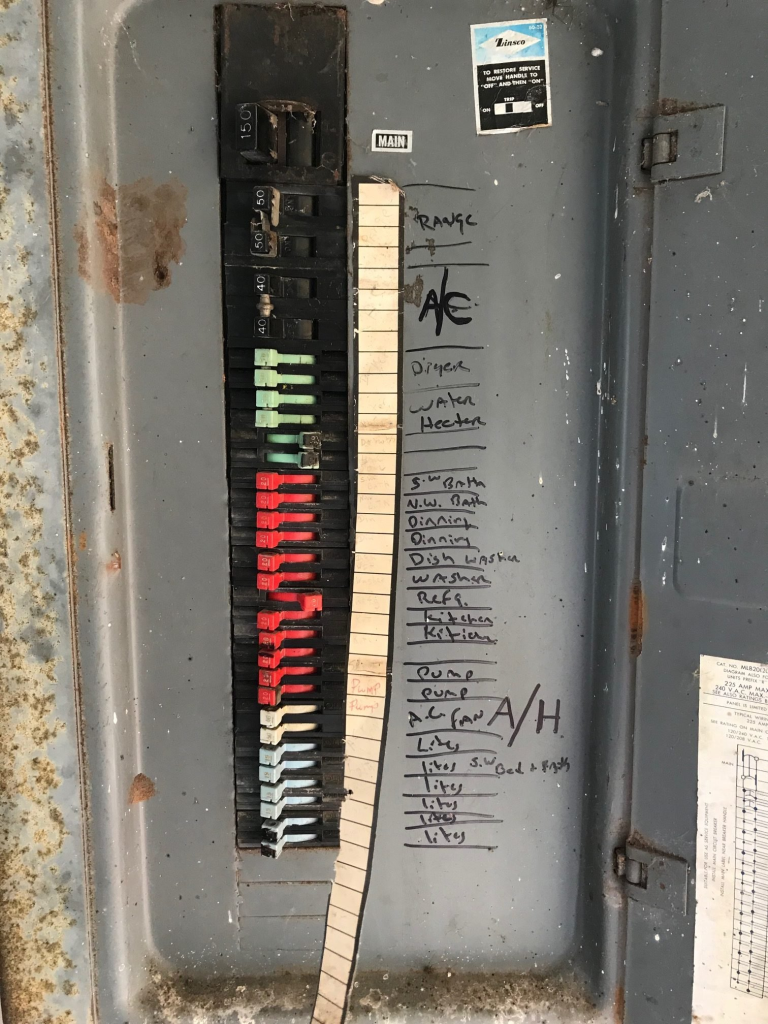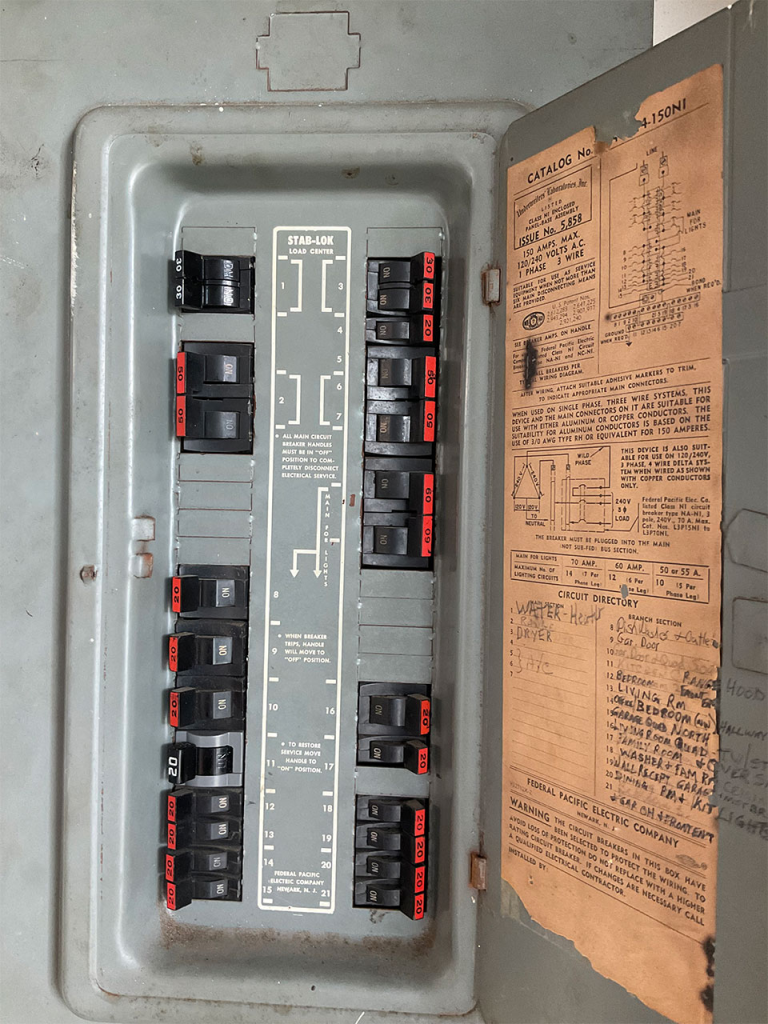When showing homes to buyers, realtors play a pivotal role in identifying potential concerns that could affect the sale or insurance eligibility. While the 4-point inspection is typically conducted after an offer is made, you can get ahead of the game by understanding what inspectors look for in these reports. Being proactive during a walkthrough can help you guide your clients more effectively and avoid surprises later in the process.
Here’s what you should focus on during a walkthrough:
1. Roof Condition and Age
The roof is a key component of the 4-point inspection. Take note of the following during your walkthrough:
- Visible Damage: Look for missing shingles, sagging areas, or granule loss.
- Age of the Roof: Ask the seller for documentation or permits if the roof has been replaced or repaired recently. An older roof is more likely to have issues that can fail a 4-point inspection.
- Signs of Leaks: Check ceilings inside the home for water stains, which could indicate roof leaks.

2. Electrical System Red Flags
Faulty electrical systems are a common reason inspection reports fail. Keep an eye out for:
- Panel Types: If you see a fuse box or outdated panel brands (like Federal Pacific or Zinsco), mention this to your client.
- Exposed Wiring: Note any visible wiring that looks damaged or unsafe.
- Outlets and Fixtures: Non-functional outlets or flickering lights could signal underlying electrical issues.


3. Plumbing Indicators
Plumbing problems are costly and can complicate insurance approval. During your walkthrough:
- Check Under Sinks: Look for leaks, corrosion, or water damage around pipes.
- Ask About Pipe Materials: Older homes may have galvanized or polybutylene pipes, which are flagged in inspections.
- Water Heater Age: If the water heater looks old, note the manufacturer’s plate to check its age later.

4. HVAC System Observations
Heating, ventilation, and air conditioning systems are critical for both comfort and insurance underwriting. Look for:
- Visible Damage or Rust: Inspect the HVAC unit for signs of wear or neglect.
- Functionality: Turn the system on to ensure it heats and cools properly.
- Drainage Issues: Check for water stains around the air handler or condensate line.
5. General Hazards and Maintenance Issues
4-point inspections also assess general hazards or deficiencies. Take note of:
- Safety Concerns: Loose railings, missing smoke detectors, or blocked exits.
- Deferred Maintenance: Peeling paint, missing caulk, or clogged gutters could signal broader issues.
- Documentation: Ask the seller for any records of recent repairs, updates, or maintenance.
How This Helps Your Clients
Identifying potential issues during the walkthrough allows you to:
- Set realistic expectations for the inspection process.
- Negotiate repairs or price adjustments before the contract stage.
- Help buyers understand the potential costs of updates or insurance challenges.
By aligning your observations with what inspectors evaluate, you can provide your clients with a smoother home-buying experience.
If you’re looking for reliable inspection services to assist your clients, Cooper Home Inspections, LLC is here to help. Contact us today to ensure every detail is covered!
